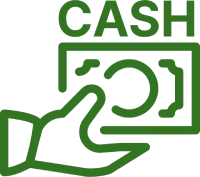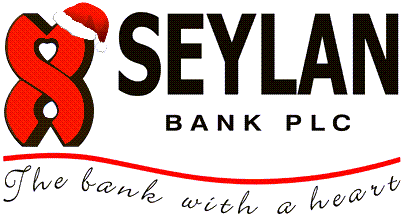STEAM Children’s Science Experiment Set Education Toy SY-158A
Sold Out
Original price was: Rs.6,250.00.Rs.5,900.00Current price is: Rs.5,900.00.





Description
Kick off a chain reaction of fun-filled experiments with this introductory chemistry set designed specifically for young kids! Junior chemists can safely explore simple chemistry using the tools in this kit and common household substances from the kitchen and bathroom. Learn how to use basic chemistry equipment and conduct experiments to identify different chemicals using reactions, heat, evaporation, and crystallization.
The Equipment
The basics of chemistry are easily explored with the high-quality yet kid-friendly tools included. The kit contains test tubes, measuring cups and spoons, pipettes, a petri dish, magnifying glass, pH test strips, and more so that kids can dive into their scientific discoveries feeling like a real chemist! The manual also includes basic instructions for using the equipment and best practices and safety guidelines for experimentation.
The Experiments
The experiments in Kids First Chemistry Set examine a plethora of basic chemistry concepts. Dive into the fascinating world of crystals by making your own sugar and salt crystals. Learn about color mixing and chromatography as you make a magic flower. Distinguish similar-looking substances from one another by conducting acid tests, water solubility tests, and more–just as a real chemist would!
Experiment 01 (Elephant Toothpaste)
Elephant Tooth Paste shows you how to instantly make a foam made up of many of the same components in a toothpaste – but enough of it to clean an elephant’s tusks. Be sure you do this with adult assistance, because it could be messy! Why? This project shows you how these types of ingredients combine with highly reactive results!
You’ll need:
- Liquid Dish Soap
- Hydrogen Peroxide
- Food Dye
- Beaker Or Other Small Container
- 16 oz Bottle
- Safety Goggles
- Small Cup
- 3 tbsp Of Warm Water
- Yeast Packet
Work with an adult, because this one is a little more complex, and involves water, hydrogen peroxide and food coloring, and the result can be messy if you aren’t careful!
Experiment 02 (Milk Colorful Painting)
Milk Colorful Painting is a normal & easiest experiment that you could learn, It’s simple as mixing food coloring into Milk!
You Need:
- Plate
- Milk
- 3 Or More Food Coloring
You Do not need an adult to help you as this experiment is not much complexed as the Elephant Tooth Paste!
Experiment 03 (Candle Water Experiment)
This is one of the simplest & easiest Experiments that you can do without any help but it’s advisable to have an adult due to using a flaming candle on this experiment!
You Need:
- Plate
- Normal Water
- Food Coloring ( To Make It Interesting For You )
- Candle & Lighter
It’s advisable to have an adult as this experiment contains flammable products But it’s not much complexed as the Elephant Tooth Paste!
Experiment 04 (Volcanic Eruption)
A chemical reaction between vinegar and baking soda creates a gas called carbon dioxide. Carbon dioxide is the same type of gas used to make the carbonation in sodas. What happens if you shake up a soda? The gas gets very excited and tries to spread out. There is not enough room in the bottle for the gas to spread out so it leaves through the opening very quickly, causing an eruption!
- 10 ml of dish soap
- 100 ml of warm water
- 400 ml of white vinegar
- Food coloring
- Baking soda slurry (fill a cup about ½ with baking soda, then fill the rest of the way with water)
- Empty 2 liter soda bottle
It’s advisable to have an adult as this experiment contains harmful products!
Experiment 05 (Explode A Bag)
When the baking soda and vinegar mixes, it results in a chemical reaction that produces carbon dioxide (CO2) along with water (H2O) and sodium acetate. If the bag is properly sealed, the carbon dioxide is trapped and fills the bag until it cannot hold any more, at which point it pops!
- Pans or Bowls
- Baking Soda Pouches (1 rounded tbsp baking soda, in a piece of single ply toilet paper)
- 1 quart vinegar (1/4 cup or 75mL per group)
- 1/3 cup measuring cups or 25mL graduated cylinders
- Ziploc sandwich bags
It’s advisable to have an adult as this experiment contains harmful products!
















